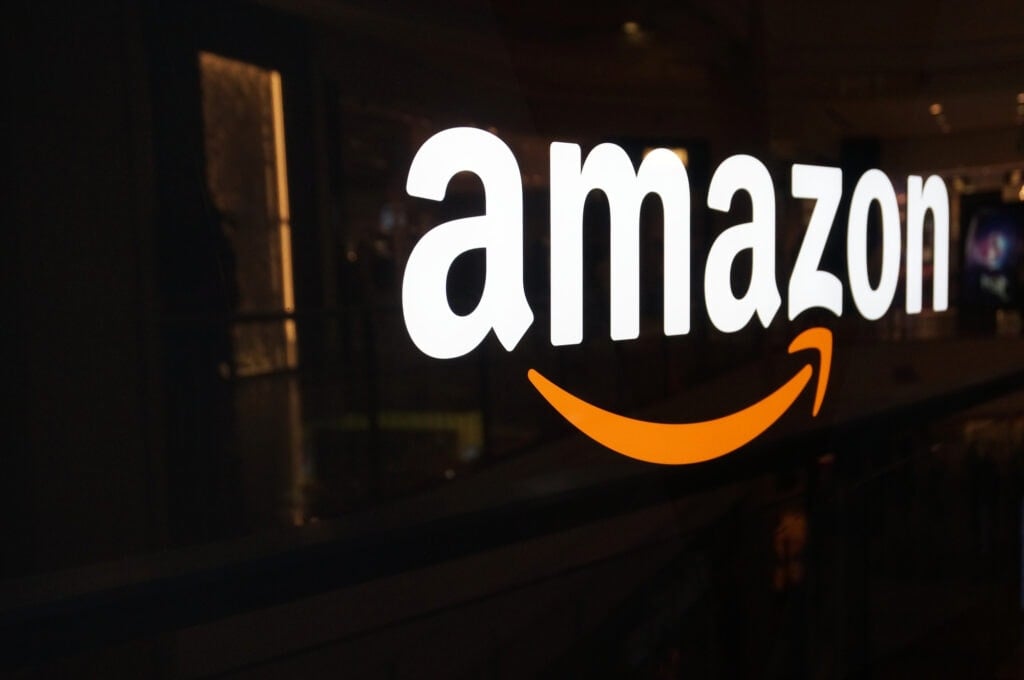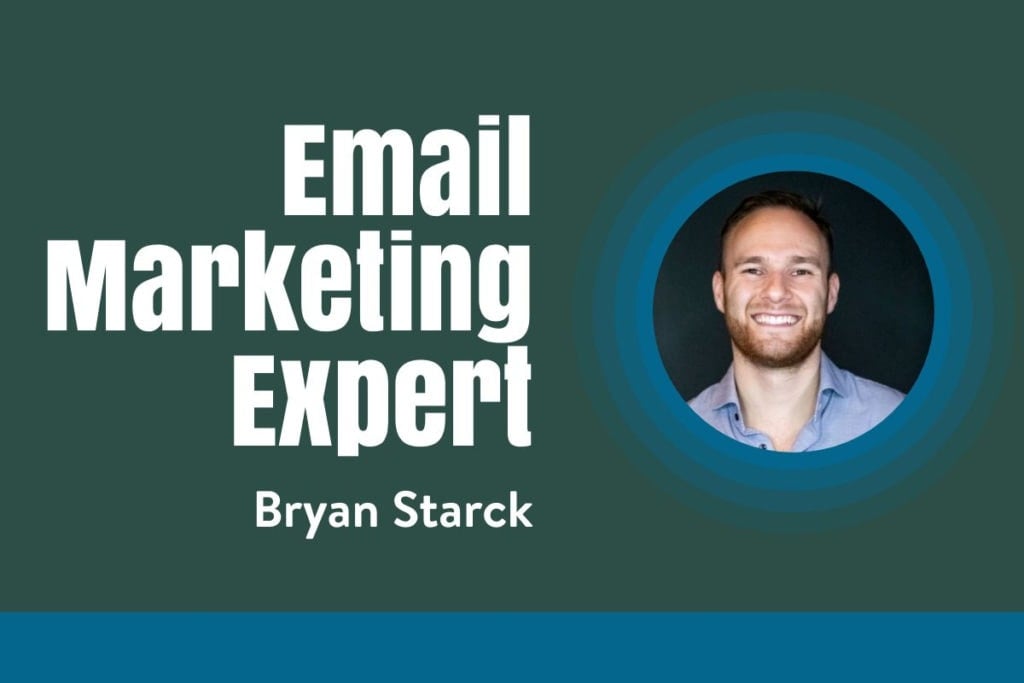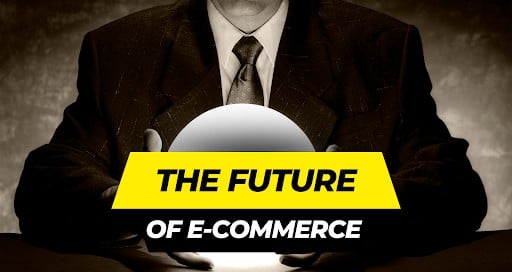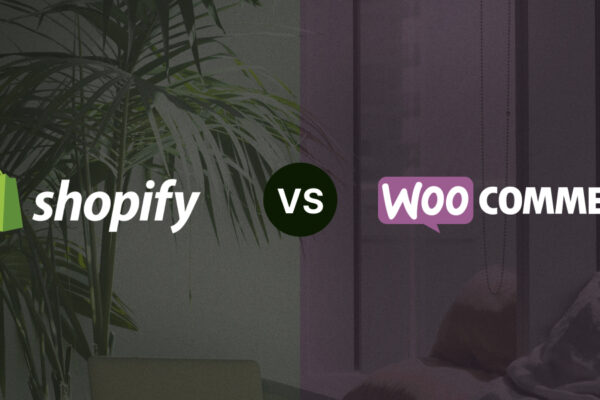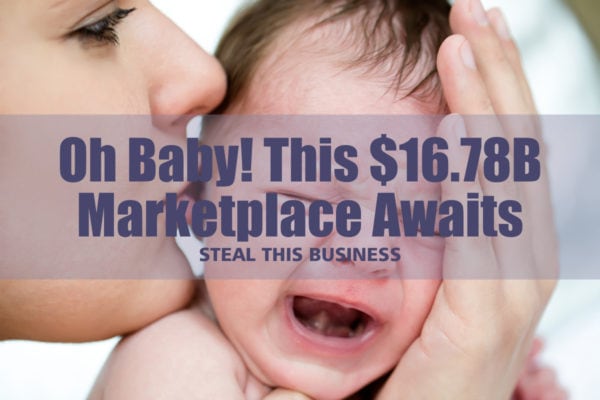Building an ecommerce business is like solving a puzzle—one with constantly moving, often unpredictable pieces.
Between raising capital to managing inventory to handling revenue, it’s easy for business owners to get overwhelmed by the magnitude of decisions. In fact, many put their order fulfillment strategy on the backburner, simply opting for the first or easiest option instead of choosing what’s best for their business.
By the time a product has been ordered and delivered, the company has already made their revenue. So, why bother with optimizing the final piece of the puzzle?
Well, order fulfillment is critical to the success of your business for a couple of reasons.
- It’s the only time your e-commerce business interacts with consumers in person. How your product is packaged, presented, and received can determine whether the recipient becomes a loyal customer or a one-time shopper.
- The resources required can make or break your profitability. Between labor, materials, and shipping, order fulfillment can cost a lot. Also, the time and energy required can also take away from business-building activities.
Establishing the right order fulfillment strategy for your business is important. The choice should optimize both cost and customer satisfaction.
In this post, we’ll review the top order fulfillment strategies and how to determine which strategy makes the most sense for you.
Self-Fulfillment
Self-fulfillment, or direct fulfillment, is exactly how it sounds: You fulfill orders placed by your customers. You own the inventory and take care of picking, packing, and shipping all orders.
This strategy is mostly used by businesses selling homemade goods or brand new startups looking to cut initial expenses.
Depending on inventory size and order frequency, some businesses lease a warehouse and buy a warehouse management system to aid in order fulfillment.
Advantages
With self-fulfillment, you’re in control. You determine how your product is packaged and presented, and you can personalize its delivery.
Self-fulfillment can also save you money, although it will cost you precious time and energy.
Disadvantages
Self-fulfillment is time-consuming. It can be a large undertaking as it requires ample manpower, storage space, and various equipment. It depends on the size and volume of your inventory.
You could also find yourself packing and shipping products 24/7, depending on the frequency of your orders and how quickly you’d like to deliver them.
Drop-Shipping
With a drop-shipping strategy, you don’t own your inventory. Instead, you focus on advertising, marketing, and customer communication. Your supplier or manufacturer fulfills placed orders.
This strategy is frequently used by businesses that sell large products (like furniture or appliances) that would be costly to handle and ship twice. Businesses that sell a wide variety of goods also drop-ship, to avoid managing such a miscellany of inventory.
Advantages
Drop-shipping frees you from the responsibility and cost of purchasing and storing your inventory. It also allows you to focus on business-building activities, like marketing to and managing customers.
This strategy also equips you to jump right into selling inventory and allows you to test and sell a variety of products, depending on your manufacturer and supplier.
Disadvantages
With the ease of drop-shipping comes little competitive advantage. Since you don’t own inventory and aren’t fulfilling orders, you have lower quality control over your products. Your customers will also see no customization or personal touch.
Third-Party Fulfillment
Third-party fulfillment, or third-party logistics (3PL), you own your inventory but don’t handle order fulfillment. When you buy your inventory, your manufacturer ships it to your 3PL warehouse where it’s stored. When a customer places an order, your 3PL picks, packs, and ships it for you.
With this strategy, you’re still primarily responsible for marketing and advertising your business. Your store’s inventory is also synced with the inventory stored with your fulfillment partner so that you have a better idea of what product you have for sale.
Advantages
3PL is the most cost-effective order fulfillment method since you can purchase inventory in bulk, don’t have to pay for storage space and get much better shipping discounts than if you negotiated on your own.
You also enjoy the convenience of outsourcing to a professional—if you choose the right partner.
Disadvantages
Like drop-shipping, 3PL provides little quality control. You also must remain in constant communication to ensure inventory alignment and management. Lastly, depending on the size of your business and profit margins, 3PL can be a costly investment.
What’s Best for You?
Choosing the right order fulfillment strategy requires a balance of cost and customer satisfaction. When determining the best choice for your business, ask yourself these questions:
- What kind of inventory do I have? Is it easy to order, store, and ship, or does it cost me more to move around and package myself? Do I want to touch my product or let others handle it?
- How big is my team? Would it cost more to hire more people or to pay a third-party team? Would I rather grow my business physically or fiscally?
- How do I want to appeal to customers? Are front-end advertising and digital marketing more important to me, or do I want to provide a human touch all the way to my customer’s doorstep?
Take a hard look at your priorities and goals for your business, as well as what stage your business is in. The right solution for you will be determined by what product you’re selling, where your business is in development, and how you want to connect with customers.
LEARN MORE ABOUT ECOMMERCE ON CAPITALISM.COM:
• Key Steps to Drive Ecommerce Sales Beyond Amazon w/ Ezra Firestone
• eCommerce Industry Projected to Exceed $485 Billion In Sales by 2021
• In $2 Billion eCommerce Merger, QVC and HSN Look to Take On Amazon, Walmart

